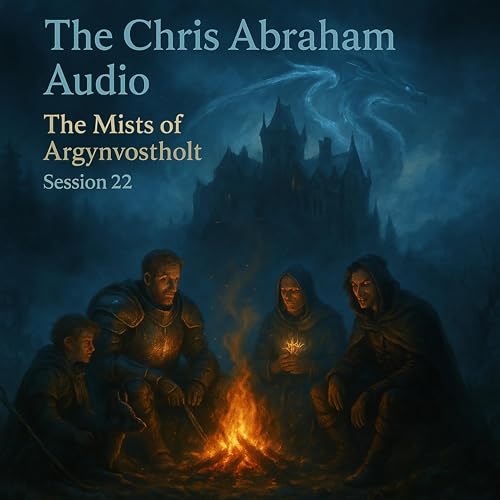“You become what you pretend to be, so be careful what you pretend to be.” — Jean-Paul Sartre
In The Great Patriotic Heist, I argued that the American Left has begun performing patriotism — not feeling it, performing it. The same institutions that once mocked the flag now wrap themselves in it, speaking solemnly about “our Republic” and “the unfinished promise of 1776.” It’s not rediscovered affection — it’s narrative survival. The populist Right took the flag hostage, so the only way to reclaim it was to start waving their own. My warning then was simple: performance has a half-life. It either collapses or becomes real.
This episode is about what happens if it becomes real — if people pretending to love America start actually loving it. Here, pretending isn’t lying — it’s creation. We perform ideals until they exist. We said “all men are created equal” long before we believed it, and through repetition made it partly true. America evolves not through honesty but rehearsal.
Sartre called it “bad faith.” Not hypocrisy, but self-entrapment — when you play a role so long you forget it’s a choice. America’s moral managers — experts, editors, educators — now perform patriotism because they know you can’t govern people who think you hate their country. But repetition changes people. Roles have gravity. Pretending shapes the pretender.
What happens when actors start believing their own script? When “freedom,” “democracy,” and “the Republic” stop being props and start being convictions again? Maybe the costume fuses to the skin. Maybe the same Left that once saw America as villain becomes its strictest guardian. That fusion could create something new — not the populist Right’s raw nationalism nor the technocratic Left’s therapy-state, but a hybrid: moral nationalism wrapped in empathy, managed through control.
That’s the Hegelian rhythm — thesis, antithesis, synthesis. The thesis was neoliberal order: global, expert, moralized. The antithesis was populism — Left and Right fusing in rebellion. For a moment, Bernie Sanders and Donald Trump spoke the same language of revolt: different grammar, same fury. That was synthesis one — populism as authenticity, revolt against curated virtue.
But populism became self-aware. Its anger turned ritual, its authenticity cosplay. MAGA became fandom. Once authenticity becomes aesthetic, the establishment knows how to sell it back. Enter synthesis two: Progressive Patriotism — focus-grouped, diverse, emotionally ergonomic. Patriotism as lifestyle brand.
It looks real, sounds real, even feels real — but it’s patriotic the way a corporate mission statement is heartfelt. Still, America’s hunger for sincerity is so deep even simulation can work. If enough people perform belief, it becomes belief.
Picture 2026 — the 250th anniversary. “America 250” events: diverse, polished, professional. Fireworks with spoken-word poetry. Speeches about freedom delivered like mindfulness apps. It’ll be immaculate — and in some way, it might succeed. Millions will feel pride, gratitude, even tears. The performance may cross into faith.
And when belief hardens, rebellion returns. Every orthodoxy breeds heresy. Somewhere, a younger generation is already rolling its eyes at both MAGA’s nostalgia and the Left’s choreography. They’ll want danger, not safety; truth, not optics. Their patriotism, if it exists, will be quiet, personal, unbranded.
That’s the American cycle: imitation becomes belief, belief institution, and institutions rebellion’s target. Each generation pretends until the mask becomes its face — then rips it off.
Maybe progressive patriotism sticks. Maybe the country becomes gentler, managerial, moralistic — a nation of caretakers with flags. But someone will always stand up, roll their eyes, and say “enough.”
Because America’s soul belongs to the unmanageable — the ones who stop pretending.
And that, in the end, was Sartre’s warning: the danger isn’t pretending. It’s when the pretending works.
 8 分
8 分 1 時間 4 分
1 時間 4 分 2025/11/077 分
2025/11/077 分 2025/11/0759 分
2025/11/0759 分 2025/11/067 分
2025/11/067 分 2025/11/061 時間 14 分
2025/11/061 時間 14 分 2025/11/027 分
2025/11/027 分 2025/11/021 時間 14 分
2025/11/021 時間 14 分

